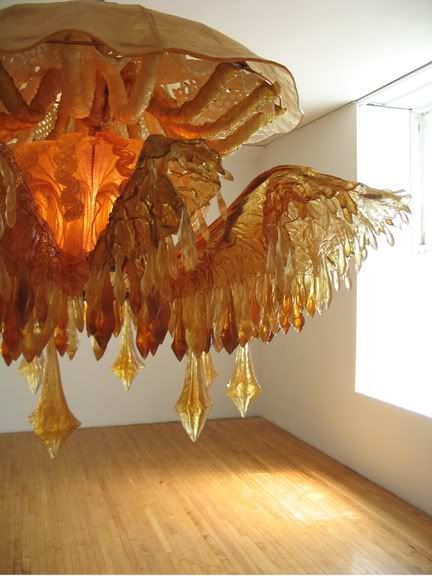
Discomedusae
2004
Transparent rubber, copper tubing, lighting fixtures
7ft diameter
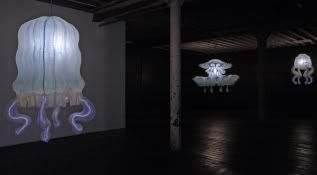
Villa Medusa - installation view, 2006

Medusa
2006
Silicone rubber, copper tubing, fiber optics
9ft diameter
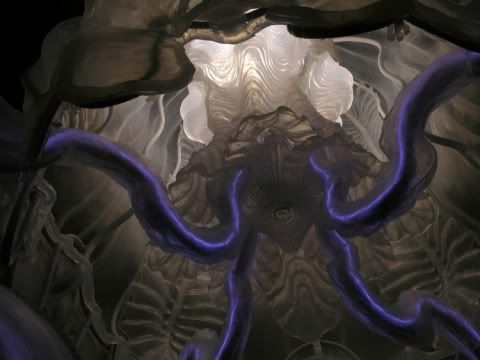
Stheno (detail)
2006
Silicone rubber, copper tubing, fiber optics
I have always wanted to create jellyfish in 3D. I have so far made 2D relief prints, inspired by Ernst Haeckel, like my avatar (seen in the column to the right), but no sculptures - with the exception of my Portuguese man-of-war costume, which involved a paper jellyfish headdress. Sometimes I think about learning how to work with glass for the sole purpose of making jellyfish. Of course, I am not alone in my appreciation of the spectacular form and light interactions (transmission, reflection, refraction and emission) found in these creatures. A quick google search reveals many glass jellies for sale. But I also admire those who, like Horn, have made such sculpture in unexpected media.
I really enjoyed Alyssa Coe and Carly Waito -Coe and Waito's ceramic jellyfish installation which appeared in the window of Magic Pony in May, 2007, (amongst other places) as part of the MADE show Come Up to My Room.
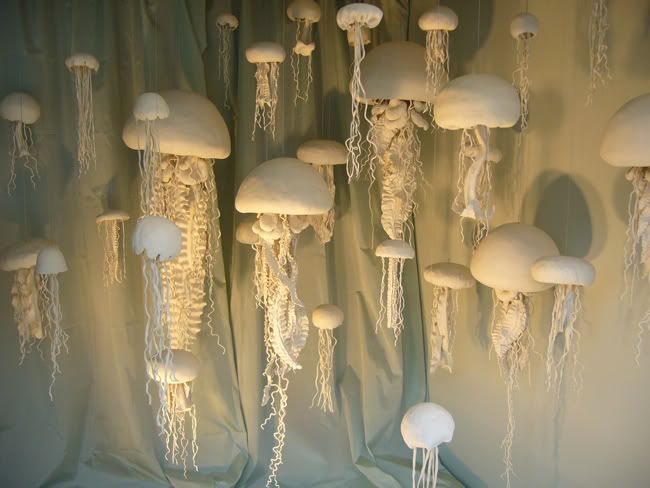
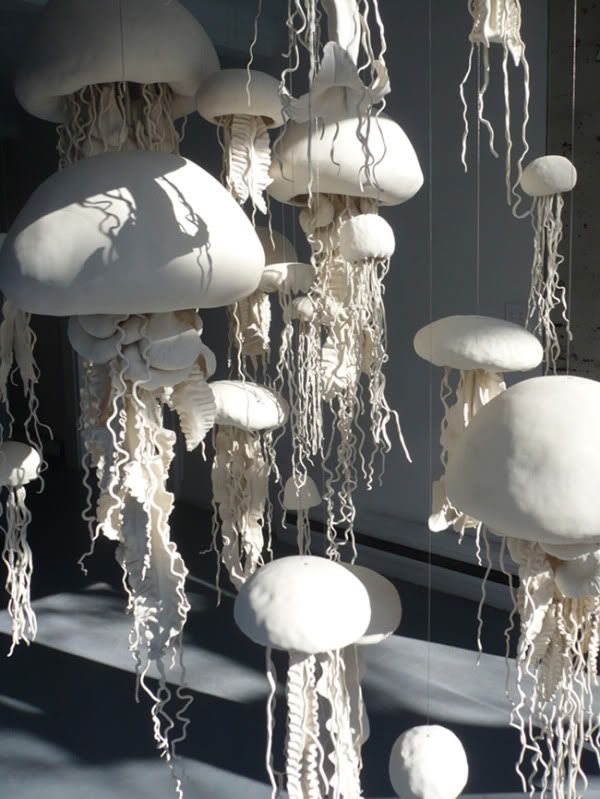
25 - 30 handsculpted porcelain jellyfish
American jeweler Arlene Fisch applies textile techniques to metal to produce her larger-than-life jellyfish. Her exhibition involved blown air to allow her creatures to move naturally (encorportating the fourth dimension of time):
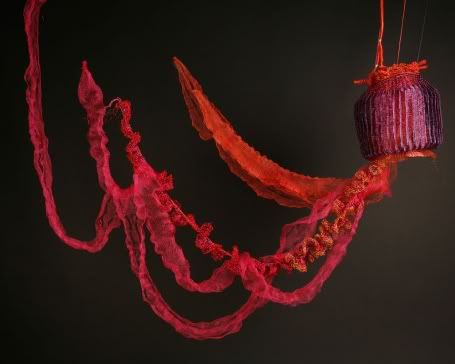
Black Sea Nettle
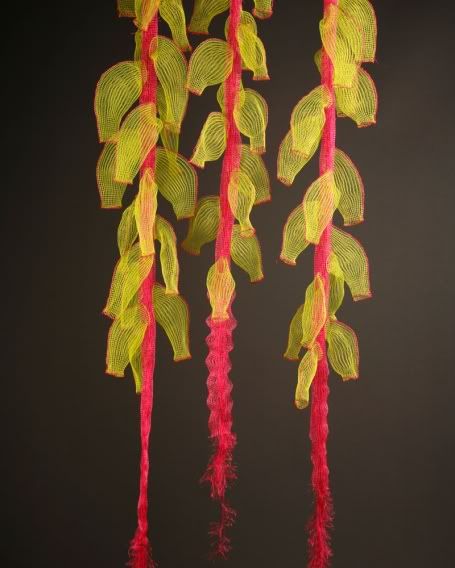
Orthocanna
Miwa Koizumi employed trash - specifically PET (polyethylene terephthalate) water bottles - to make her water animals. She manipulated the shape of the empty bottles using heat guns, soldering irons and cutting tools. The results are magical.
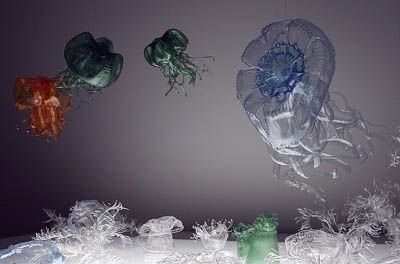
plastic water bottles, 2005
installation view at sawaguzo at Redux
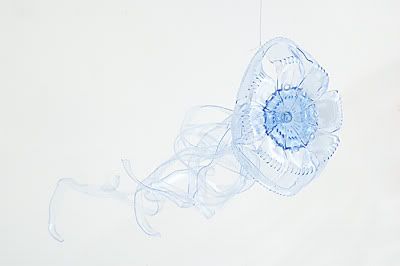
Volvic water bottle, 2005
p.s. Check out Timothy Horn's other exhibitions when you visit his site. Who could resist replica of a gilded 18th-century Neapolitan sedan chair made with crystalized rock sugar?
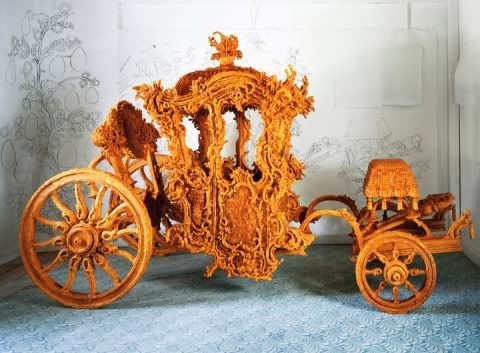
Mother-Load
2008
Crystallized rock sugar, ply-wood, steel
9ft.6in. x 6ft. x 5ft. 6in.

No comments:
Post a Comment